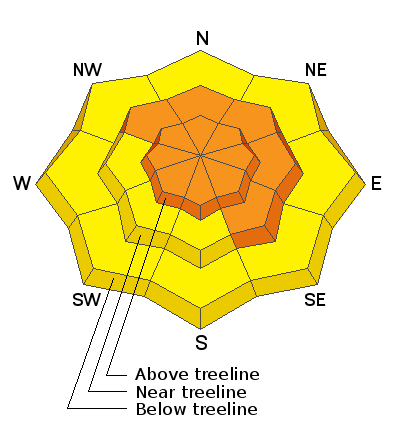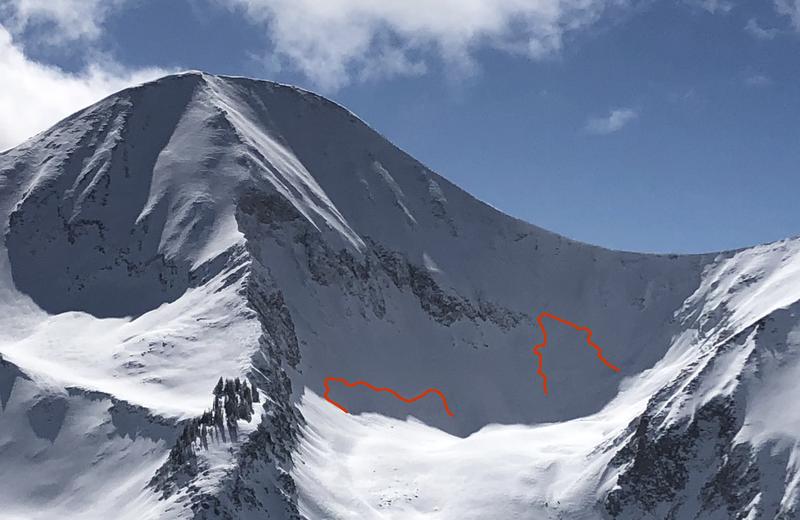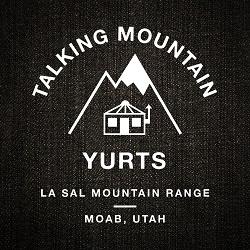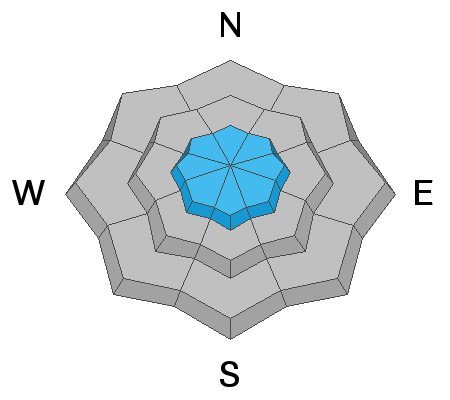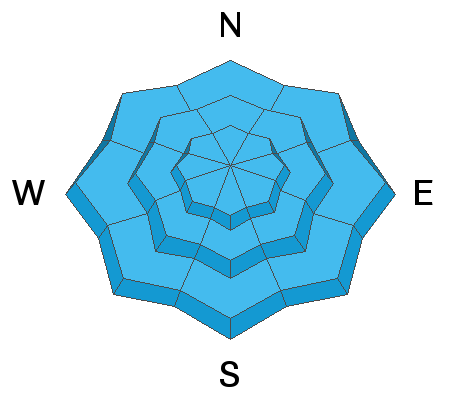The Geyser Pass Road was plowed on Tuesday. The surface is snow-packed over dirt. All-wheel drive with good tires is recommended.
The Lower Utah Nordic Alliance (LUNA) has no current plans for grooming.
24 Hour Snow 5" 72 Hour Snow 10" Base Depth in Gold Basin ?" Wind NW 10-15 G25 Temp -3F
I received
observations from two different parties who reported light to moderate snowfall throughout the day yesterday. Dave Garcia confirmed 10" of low-density powder on the stake in Gold Basin with as much as 15" up high! NW winds were calm most of the day but unfortunately, they really ramped up last night blowing in the 25-30 mph range with gusts into the 40's. They've backed off somewhat this morning. Today will be sunny and cold with high temps in the mid-teens and chilly north winds blowing in the 10-20 mph range. Unsettled northwest flow will spread a few clouds over the area tonight and tomorrow as a short wave trough brushes by, followed by another on Saturday. This should mainly affect points north. The long-range models aren't currently showing much in store.
Snowpack Discussion
An increase in northerly winds last night will have easily transported the new, low-density snow we received yesterday. Today, be on the lookout for fresh deposits of wind drifted snow on the leeward sides of ridge crests and terrain features, primarily in upper elevation, wind-exposed terrain. Fresh drifts will increase the load we received last weekend placing additional stress on buried persistent weak layers. Weak layers of sugary faceted snow are present on all aspects, but on northerly-facing slopes, slabs 2'-4' deep now exist on top of these weak layers. Deep and dangerous human-triggered avalanches remain likely in these areas, and all north-facing slopes steeper than 30 degrees should be avoided.
In our travels on Sunday, we observed these two natural avalanches from a distance beneath the N Face of Mount Tukuhnikivatz in Red Snow Cirque. Somewhat "pockety" in nature, they nevertheless had crowns up to 4' deep and could have easily buried or killed someone. Human-triggered avalanches such as this remain likely.
Charlie Ramser was up in Horse Creek Monday where he reported seeing this
avalanche.

